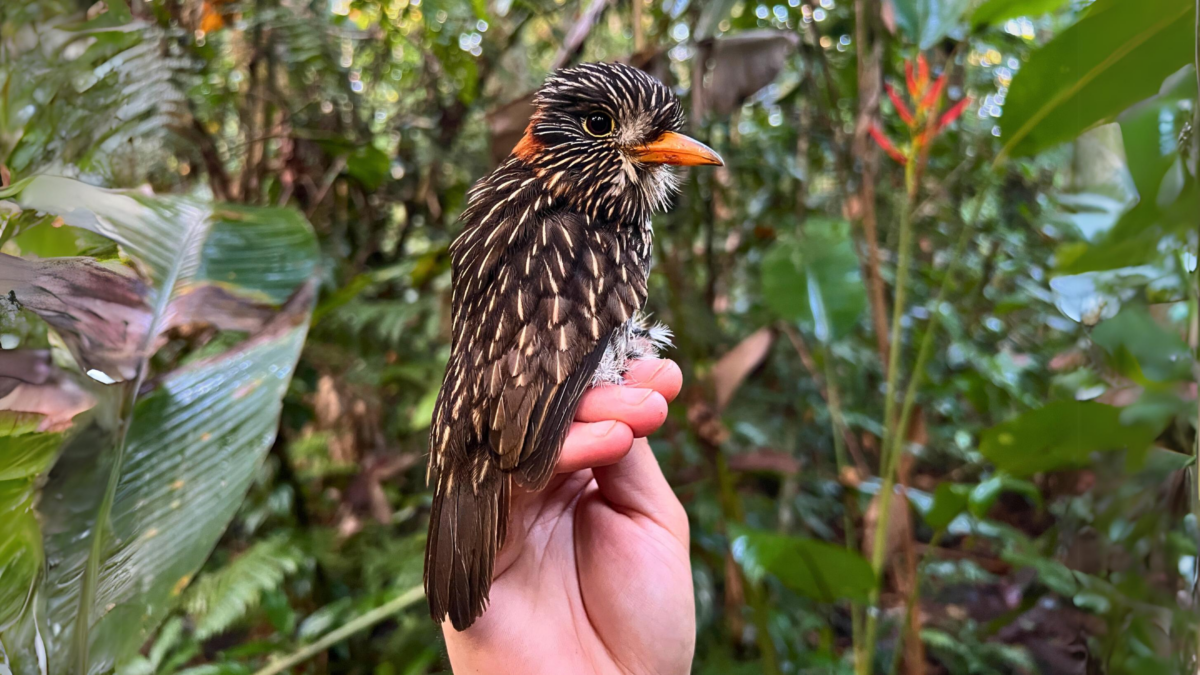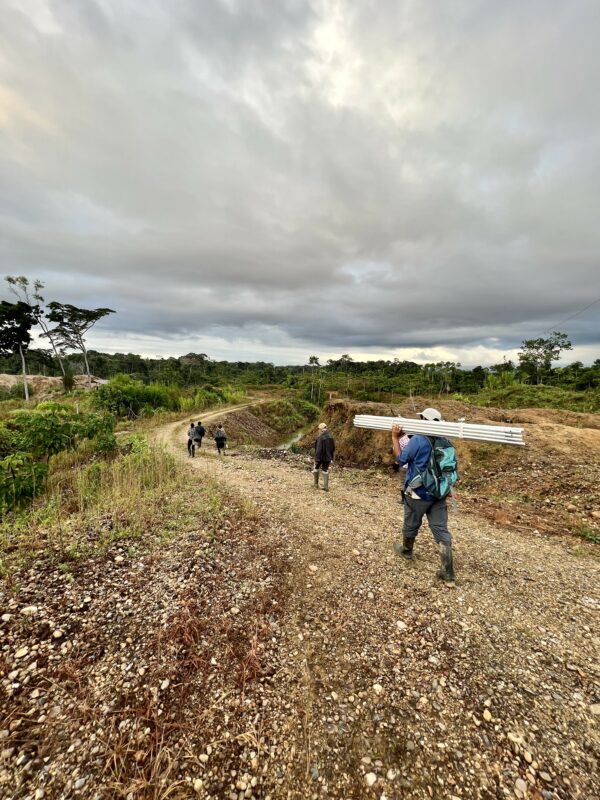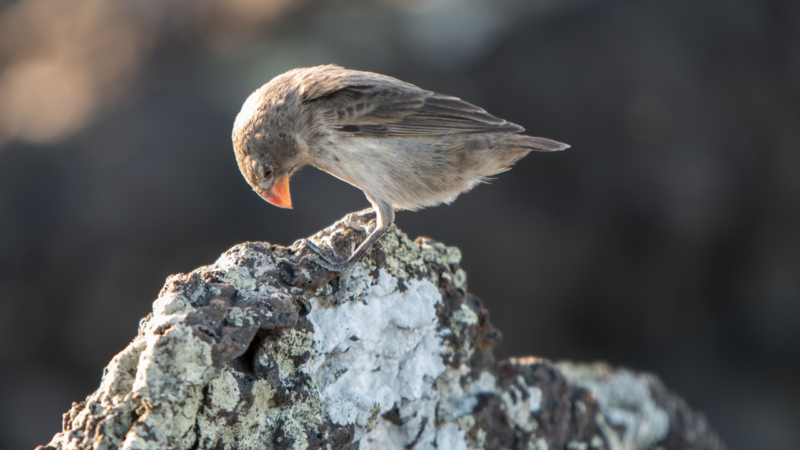
What’s behind the toxic levels of mercury in tropical birds? Gold mining, study shows
A UCLA-led international team also found high levels in carnivorous birds and those in aquatic habitats
A UCLA-led international team also found high levels in carnivorous birds and those in aquatic habitats.
The tropics are home to more than 75% of all species and are projected to support 50% of the world’s human population by mid-century, but little is known about mercury pollution in these life-filled regions.
A new UCLA-led study published in the journal Exotoxicology sheds light on the problem by focusing on tropical birds.
Researchers analyzed feathers collected from nine countries across Central America, South America and the West Indies and discovered some of the highest mercury concentrations ever found in songbirds, with one green kingfisher having 30 times the amount of mercury considered safe.

In many cases, gold mining was the root of the problem, said Chris Sayers, lead author of the study and a UCLA graduate student in ecology and evolutionary biology.
“The most important finding of our study was that mercury concentrations were nearly four times higher at sites impacted by artisanal and small-scale gold mining activities,” he said.
Artisanal and small-scale gold mining is the single largest source of mercury pollution in the world, accounting for almost 38% of human-generated mercury pollution. These operations use mercury to access tiny flecks of gold in soil and sediment. Mercury binds to the gold, forming an amalgam, and heating the resulting nuggets vaporizes the mercury, leaving the gold. In the process, mercury ends up as waste material in the ground and water and as vapor in the atmosphere.
Such small-scale operations are difficult to monitor, and miners argue that the use of mercury is necessary to mine quickly and efficiently, Sayers said.
Clearing forests for agriculture by burning vegetation is another human source of environmental mercury pollution.
Mercury is also found in the environment as a naturally occurring element, emitted from volcanoes and volcanic rocks, which are found more frequently in the geologically active tropics. The intense precipitation in these regions can add to the problem, stirring up mercury that has settled on land and in riverbeds and making it more likely to be consumed by animals.
The researchers also found high levels of mercury in carnivorous bird species and birds with aquatic habitats. Mercury accumulates more in carnivorous animals, they said, because it accumulates first in their prey. The higher up the food chain an animal is, the greater the risk of high mercury levels. Birds who live in aquatic habitats are also exposed to additional mercury because the toxic metal collects in riverbeds.
The study, conducted by 37 scholars from seven countries, is the largest to date on mercury levels in tropical birds. The researchers arrived at their findings by analyzing 2,316 blood and feather samples from 322 bird species — the most extensive database on mercury concentrations in tropical birds in the world.
The findings have implications beyond tropical birds, which ecologists use as a proxy for overall ecosystem health due to their sensitivity to pollution, how they interact with habitats and the ease with which they can be studied. If birds in an ecosystem have elevated mercury levels, it’s likely other species do too.
That includes humans. Human communities — particularly subsistence fishing villages downstream from gold mining operations — are particularly vulnerable to mercury pollution. And birds that have consumed high levels of mercury can suffer from immunological problems that make them more susceptible to diseases, some of which can be transmitted to people.
While more research is needed, local communities that benefit from gold mining need to be better informed about the long-term damage mining may be doing to their environment, said Claudia Vega, a co-author of the study and coordinator of the mercury program at Centro de Innovación Científica Amazónica in Madre de Dios, Peru.
Beyond its use in jewelry, gold is an essential component in many electronics products, from smartphones to life-saving medical devices. And although governments around the world have pursued policies that would make mining operations more sustainable, pushback from the gold industry has stymied many of these efforts, Sayers said. At the very least, he said, consumers can help by purchasing products that contain only certified sustainable gold.
Having a broad range of local researchers involved in the study helped the authors better identify locations where mercury pollution could pose a problem, said Sayers.
“This research serves as a wakeup call for bird conservation in the neotropics while also demonstrating the efficacy of thoughtful and equitable collaboration with local stakeholders,” Sayers said.




